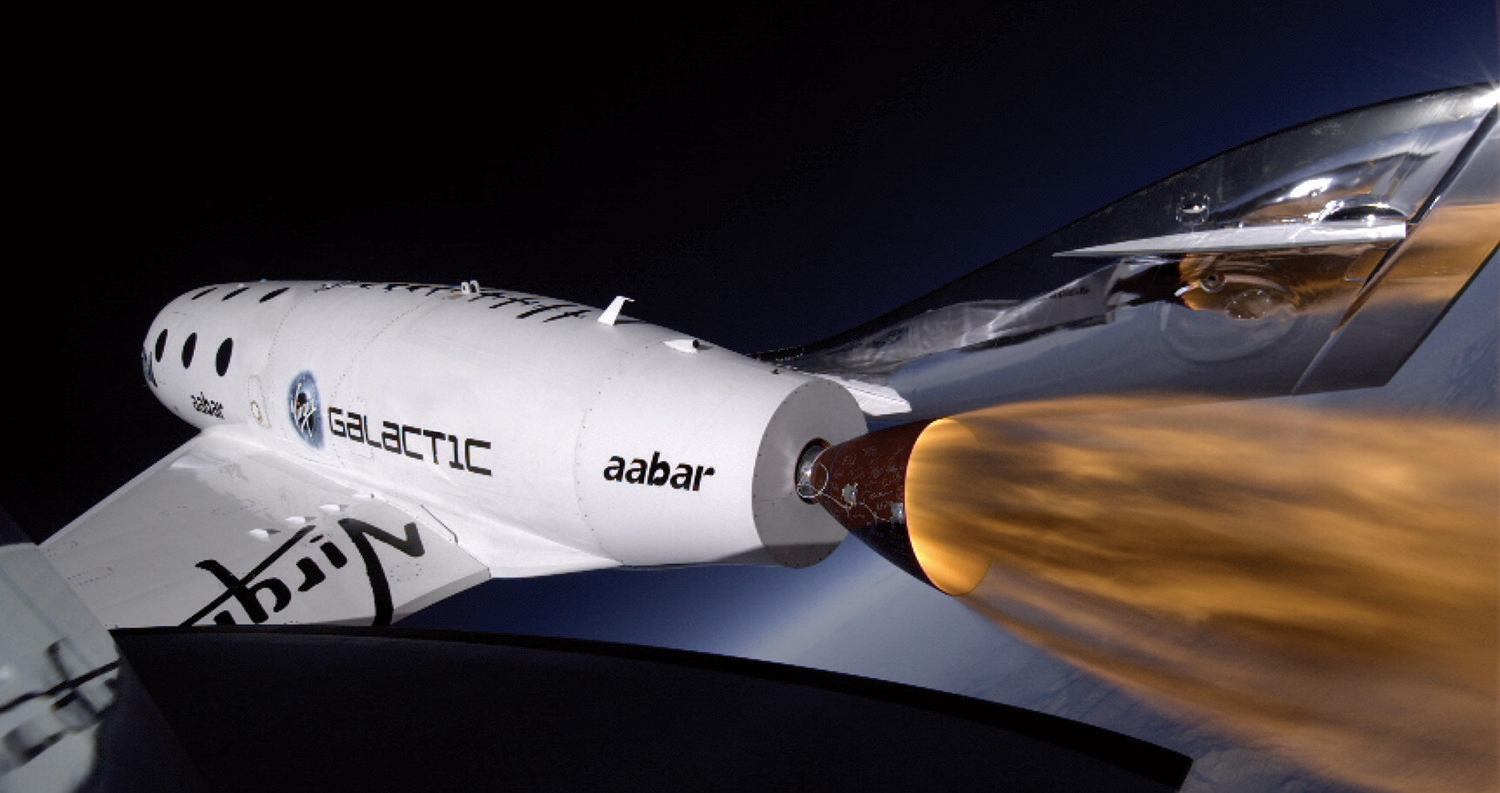See Virgin Galactic's SpaceShipTwo Space Plane Go Supersonic in Amazing Video

A stunning new video lets viewers ride along on last-week's record-breaking test flight of Virgin Galactic's suborbital spaceliner SpaceShipTwo.
The new SpaceShipTwo rocket-powered test flight video documents the piloted vehicle's jaunt on Jan. 10, which set a company altitude record by reaching 71,000 feet (21,641 meters) in the skies above California's Mojave Air and Space Port.
SpaceShipTwo also attained a top speed of Mach 1.4 — 1.4 times the speed of sound, which is roughly 761 mph (1,225 km/h) at sea level — during the test, Virgin Galactic officials said.
The 2.5-minute video, which Virgin Galactic released earlier this week, captures highlights of the Jan. 10 supersonic flight, beginning with a pre-dawn inspection of SpaceShipTwo on the tarmac. It then shows the spaceliner being lofted off the runway by its carrier aircraft, a behemoth known as WhiteKnightTwo.
WhiteKnightTwo is designed to drop SpaceShipTwo at an altitude of roughly 50,000 feet (15,240 m), at which point the spacecraft's rocket engine blasts into action. The video captures this dramatic moment from several different angles, incorporating footage shot from the ground and from cameras mounted on WhiteKnightTwo.
WhiteKnightTwo's cameras, in fact, show SpaceShipTwo dropping toward the parched desert below before the craft's engine kicks on, shooting a tail of flame behind the spaceliner and sending it streaking past and above its carrier plane.
The engine fired for 20 seconds as planned on Jan. 10, company officials said. The new video ends shortly after the engine cuts out, showing SpaceShipTwo dropping back to Earth on its way to making a successful landing.
Breaking space news, the latest updates on rocket launches, skywatching events and more!
Virgin Galactic remains on pace to launch its first customers to suborbital space sometime this year, company officials say. Tickets to ride the spaceliner cost $250,000, and more than 600 people have put deposits down to reserve a seat so far, including major celebrities like Ashton Kutcher and Justin Bieber.
A ride aboard SpaceShipTwo will let passengers experience a few minutes of weightlessness and afford them a view of Earth against the blackness of space.
Follow Mike Wall on Twitter @michaeldwall and Google+. Follow us @Spacedotcom, Facebook or Google+. Originally published on SPACE.com.

Michael Wall is a Senior Space Writer with Space.com and joined the team in 2010. He primarily covers exoplanets, spaceflight and military space, but has been known to dabble in the space art beat. His book about the search for alien life, "Out There," was published on Nov. 13, 2018. Before becoming a science writer, Michael worked as a herpetologist and wildlife biologist. He has a Ph.D. in evolutionary biology from the University of Sydney, Australia, a bachelor's degree from the University of Arizona, and a graduate certificate in science writing from the University of California, Santa Cruz. To find out what his latest project is, you can follow Michael on Twitter.


